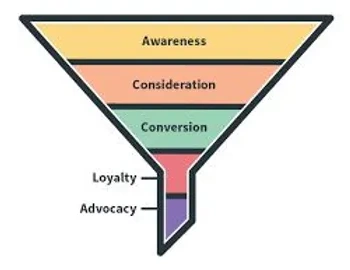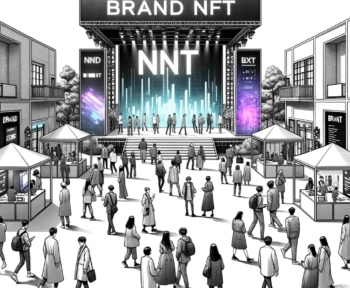As web3 grows, the promise of perpetual royalties has not been fully realized.
Confusion remains around how royalties work and the challenges in implementing them.
❓ What are NFT royalties in web3?
Royalties are automatic payments to the original creators of NFTs each time their token is resold on a secondary marketplace. The royalty percentage is set during minting, typically 5-10%.
💡 How do NFT royalties work?
The royalty is encoded in a smart contract on the blockchain.
When an NFT is resold, the blockchain registers the transaction and deposits the royalty to the creator.
This allows NFT issuer to benefit when their NFTs appreciate in value over time.
💲 Why use NFT royalties?
Royalties give creators passive income from secondary sales.
They cut out middlemen and ensure artists get paid when their work is resold, combating piracy.
💸 What happened to NFT royalties?
Despite early traction, many platforms later made royalties optional to gain market share.
Attempts to coordinate a solution on Ethereum failed, while Solana adopted a new standard enforcing royalties.
♻ Are NFT royalties making a comeback in 2024?
With brands like Nike requiring royalty payments, momentum is growing around bringing back royalties this year.
As the web3 market and consumers mature, royalties present a healthy business model and revenue opportunity for creators.
New technical developments are also making royalty adoption easier across platforms.
NFT royalties still face challenges, but the tide seems to be turning in their favor. Their benefits for creators are clear.
With the right platforms and standards, royalties could still become a core component of the web3 content economy.
While the path forward has twists and turns, royalties remain a compelling tool for creators to monetize original work.



